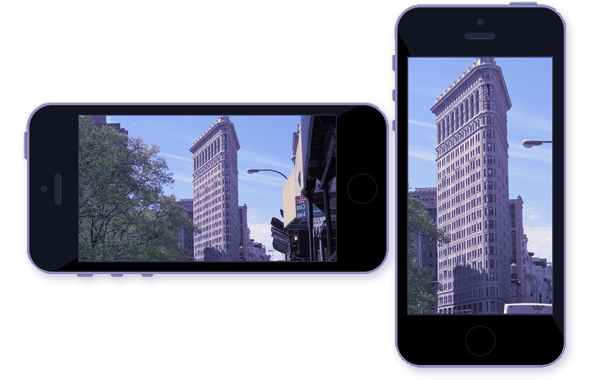Comparing 9, the Short, and 9, the Full-Length Movie
Full-Length Film: What are my impressions? Backpacking off the pavement laid by its shorter counterpart, the full-length film "9" allows for a more in-depth look at this story. The plot evolves with a complex nature that underlines the mysteries of this empty world, providing a seamless understanding of its history and the characters' intentions. The character development expands and deepens, allowing the audience to explore the complexities of each ragdoll survivor. Special effects are extremely heightened, creating a visually stunning dystopian landscape that catapults the audience in the film's post-apocalyptic atmosphere. The expansiveness of the full film is taken on by Acker's shooting style, which makes room for a more complicated and multi-layered narrative technique. The movie's identity is greatly shaped by conventions like world-building and thematic development as well.
Comparison of the Short and Full-Length Film: As we put these two films side by side and compare the short and full-length versions of "9," several distinct qualities emerge. The short film succeeds in clearly reflecting the emotional impact. However, the full-length film gives a very detailed narrative, fostering a deeper connection with the characters and their unfortunate situations. The full-length film tackles these mysteries in order to develop an extensive narrative, while the short film depends on its briefness to express a sense of mystery. The full-length adaptation of the film makes up for the short film's limitations in terms of character growth and plot complexity, providing an experience that is greater in depth. On the other hand, the short film's condensed length gives it a sense of urgency and allows for viewer interpretation. Despite their connections, the conventions in both movies meet the specific needs of their different runs.
.jpeg)



Comments
Post a Comment